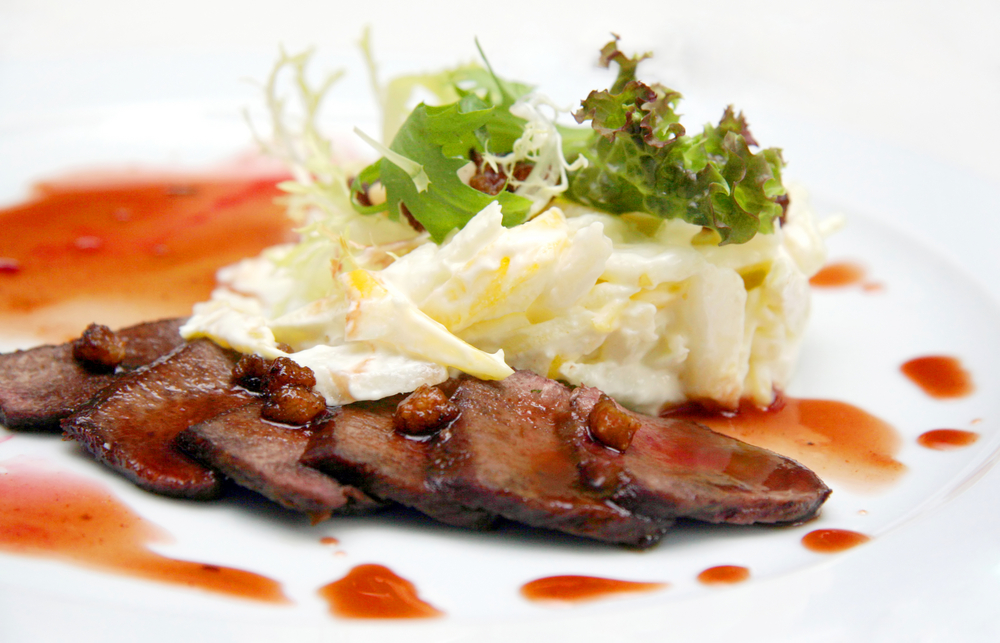Indulging in food and culture: A unique opportunity
Behind every dish, there’s a story. It can be fascinating yet complex, originating from the demographical roots. It’s a story, a tradition that is passed on from generation to generation; a key element that makes travel interesting. Culinary traditions can be deeply embedded in a country’s culture. Some dishes are found nowhere else; other dishes can come with slight variations in neighbouring countries. Nothing is better than enjoying a local ambiance, mixing it up with the residents, and maybe even being welcomed inside their homes for a sample of home-cooked food.
Eating like a local
Food completes your travel photo album as well as your virtual album, i.e. the one embedded in your memory. You’ll treasure these memories even more by immersing yourself in the food culture of the country you’re visiting. Sip a grappa or ouzo while enjoying some tapas, nibbles or hors-d’oeuvres. While abroad, you will find that some eateries offer folk-singing and dancing, complete with costumes, while you’re enjoying their wares. Talking to a local and asking them about their country’s food can create a sense of the culture as well.
A journey of culinary discovery
As they say, there’s beauty in diversity, and there certainly is much to learn here with regards to food. Mediterranean cuisine, for instance, is synonymous with tomatoes, herbs and pasta. Coastal countries tend to favour seafood, though not always, while most Asian countries like their food spicy, paying tribute to their unbendable spicy-sweet-bitter-salty rule. There are, in fact, a few common ingredients to be found among Asian dishes. Red chili from paprika is used from India down to Southeast Asia. Korea, however, uses chili from a red bean known as Gochujang.